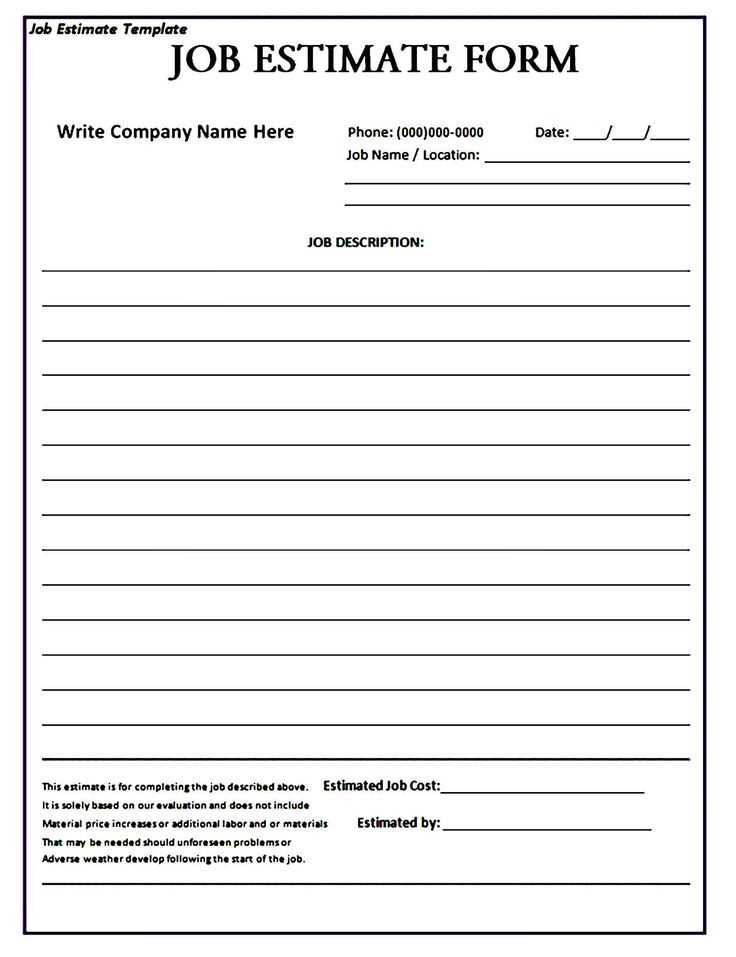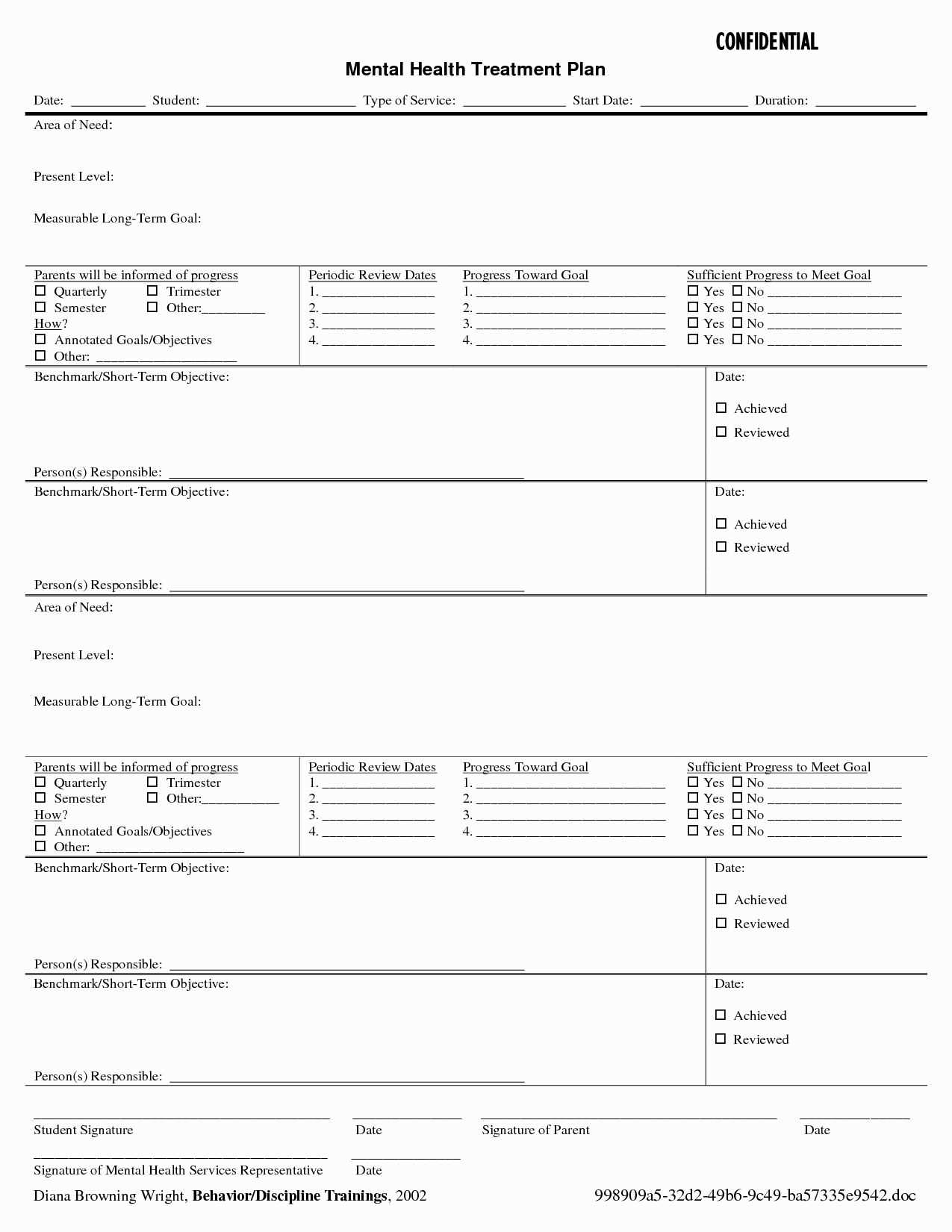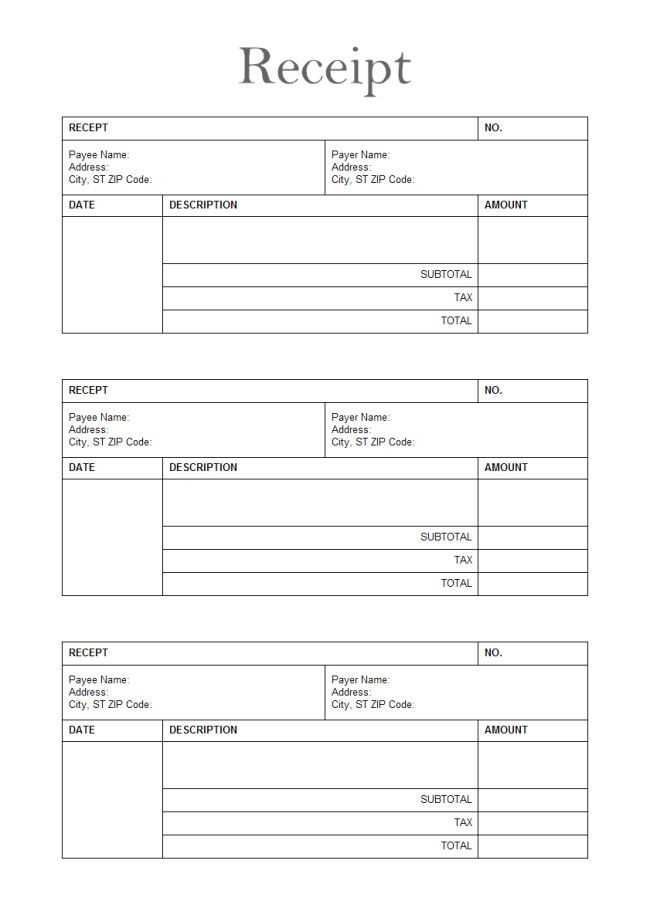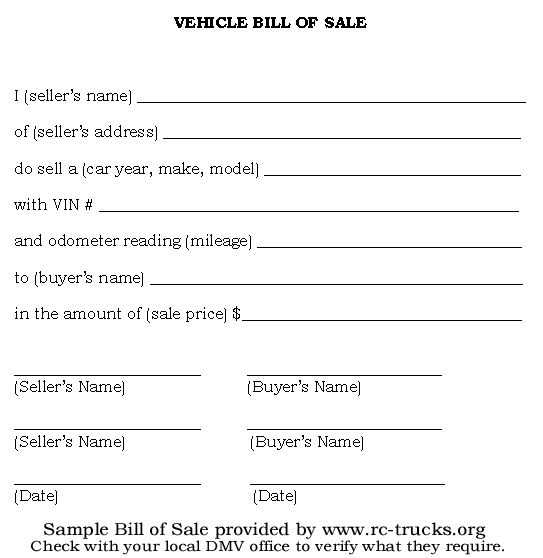
For any car sale transaction, it’s important to have a clear and concise receipt that reflects the terms of the deal. When selling a car “as seen,” you should make sure the receipt accurately captures the condition of the vehicle and any agreed-upon terms. This will protect both parties in case of future disputes.
Use a simple template that includes key details like the make and model of the car, the sale price, the date of transaction, and the specific clause that the car is sold “as seen.” This is essential for ensuring there is no confusion about the vehicle’s condition after the sale.
Include a section where both the buyer and seller acknowledge that the car is being sold without warranties or guarantees. This should be clearly stated with a signature line for both parties. Clear wording in this part is critical to avoid misunderstandings later.
Also, consider adding a reminder about any known issues or defects the vehicle might have. While the sale is “as seen,” documenting any existing problems on the receipt provides an extra layer of protection. This can prevent future claims about undisclosed issues.
Car Receipt Template Sold As Seen
Include a clear statement in the receipt that the car is sold as seen, without warranties. Specify the car’s make, model, year, VIN, and odometer reading at the time of sale. The receipt should include a declaration that the buyer acknowledges the condition of the vehicle and accepts it as is. Mention any known defects or issues, even if they are minor, to avoid misunderstandings later. Clearly state that the buyer has had the opportunity to inspect the car before purchase and understands the terms of the sale. Avoid vague language and keep the terms straightforward.
Make sure both parties sign the receipt, indicating their agreement to the “sold as seen” condition. The buyer should also be informed that they assume responsibility for any repairs or issues after the sale. This template can protect both the seller and buyer, ensuring that there is no confusion regarding the vehicle’s condition post-purchase.
How to Draft a Car Receipt with “Sold As Seen” Clause
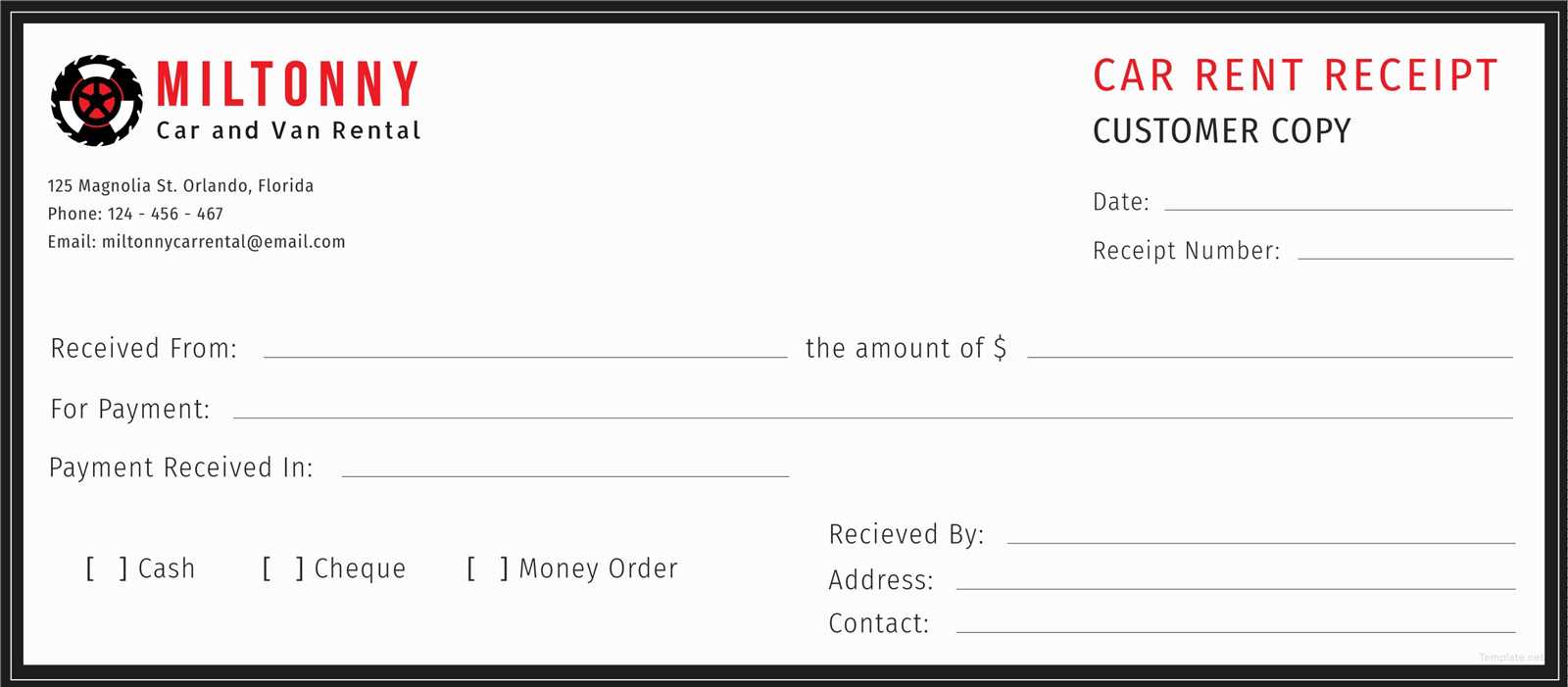
Clearly outline the terms in the receipt to protect both parties. Start by including the buyer’s and seller’s full names and contact details, along with the car’s make, model, year, VIN, and mileage.
State the total price agreed upon for the vehicle and include a statement that the car is being sold “as seen,” meaning the buyer accepts the vehicle in its current condition, regardless of faults. You may add a note that no warranties or guarantees are given by the seller.
Ensure the buyer acknowledges that they have had the opportunity to inspect the vehicle before purchase. This can be done with a simple statement like: “The buyer confirms that they have inspected the vehicle and accept its condition.”
Be sure to mention the date of sale and have both parties sign and date the receipt. It’s also wise to include a clause stating that the transaction is final and neither party can claim a refund after the sale is completed.
Lastly, provide both parties with a copy of the receipt for their records. This protects everyone involved and helps prevent disputes later on.
Key Legal Considerations When Using a “Sold As Seen” Receipt
A “Sold As Seen” receipt limits the seller’s liability, but it doesn’t eliminate all legal obligations. Ensure you are clear about the condition of the item and provide full disclosure to the buyer. Failure to do so can result in disputes even with this clause in place.
Honesty and Transparency
Be upfront about the condition of the item. If you are aware of any defects or issues, disclose them in writing. Simply stating “Sold As Seen” will not protect you if you misrepresent the product’s condition. Fraudulent claims or withholding information can lead to legal consequences.
Consumer Rights and Refunds
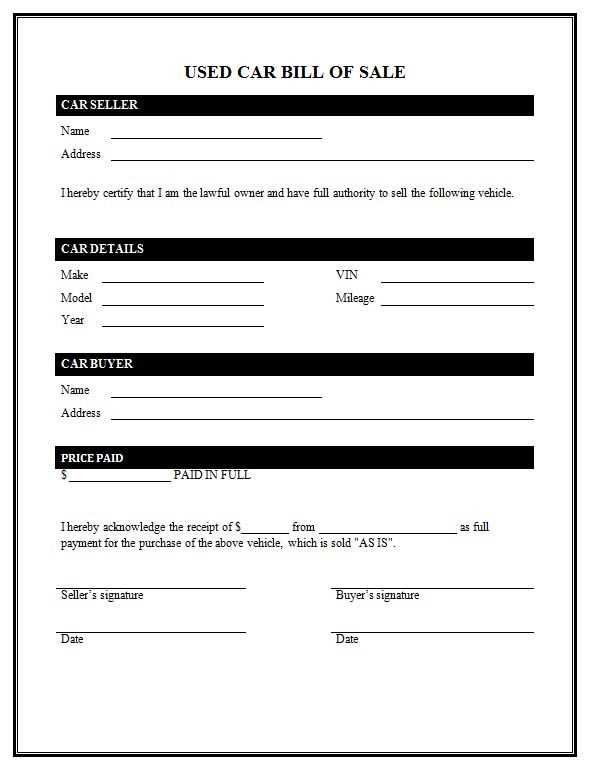
While a “Sold As Seen” receipt typically negates refund requests, consumer protection laws still apply. In certain cases, like when selling to a consumer rather than a business, you may not be able to disclaim liability for items that are not as described, unfit for purpose, or unsafe. Always check local consumer laws to avoid potential legal issues.
Common Issues and How to Avoid Them in Car Sales Receipts
Ensure all required details are included to avoid any confusion. A common issue is missing or incorrect buyer and seller information. Double-check names, addresses, and contact details. This prevents potential disputes over ownership or terms of the sale.
1. Incorrect Vehicle Information
Incorrect vehicle details, like the make, model, year, or VIN number, can lead to issues with registration and future ownership. Always verify the vehicle’s identification details before finalizing the receipt.
2. Lack of Clear Payment Terms
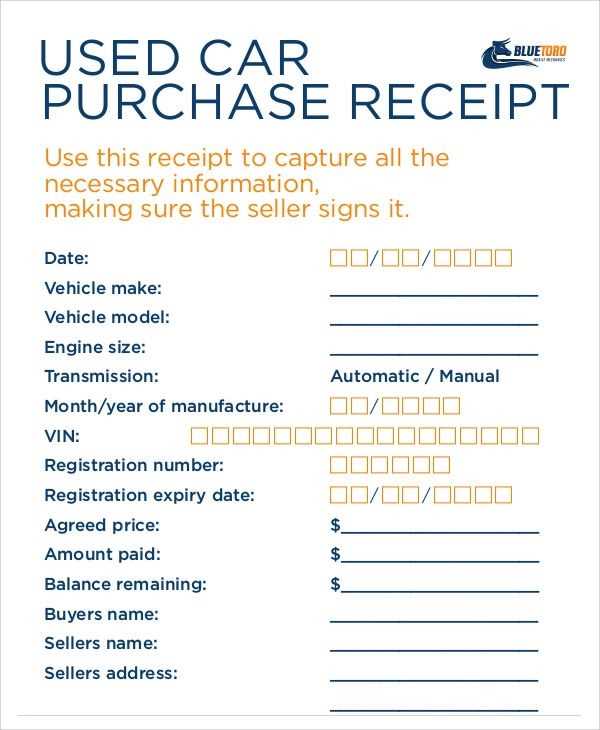
Ambiguity in payment terms often causes problems. Specify the exact amount, payment method, and any deposits or installments. Ensure both parties sign the receipt to confirm agreement on these terms.
- Include total sale price.
- Note payment method (cash, cheque, bank transfer).
- State deposit amount and due dates for any remaining balance.
3. Omitted “Sold as Seen” Clause
If the vehicle is sold as-is, clearly state this on the receipt. This protects the seller from future claims regarding the condition of the vehicle after the sale.
4. Failing to Include Both Parties’ Signatures
Ensure both the buyer and the seller sign the receipt. A receipt without both signatures can be contested in the future, especially if any disagreements arise regarding the transaction.
5. No Date of Transaction
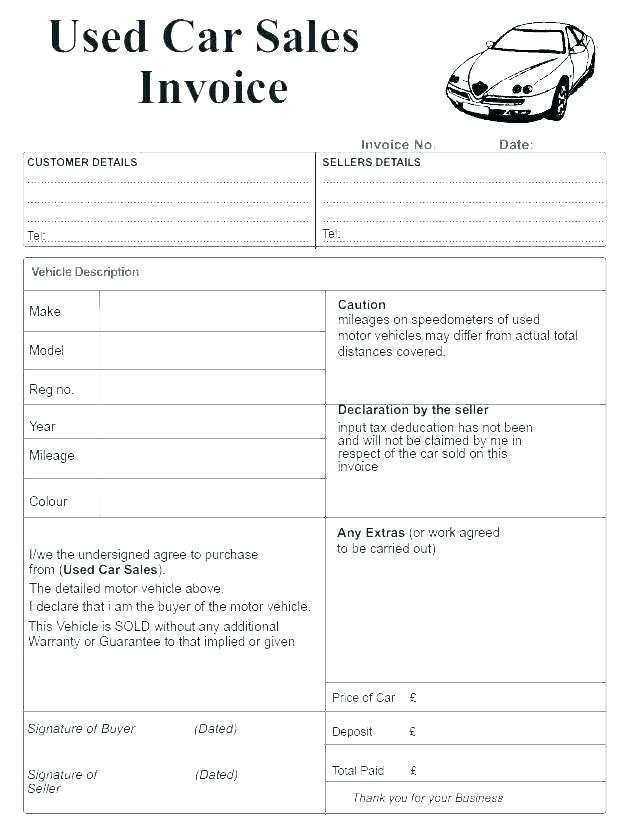
Always include the date of the sale. This helps establish a clear timeline, especially if there are delays in payment or issues regarding warranty or returns.
6. Unclear Return or Refund Policy
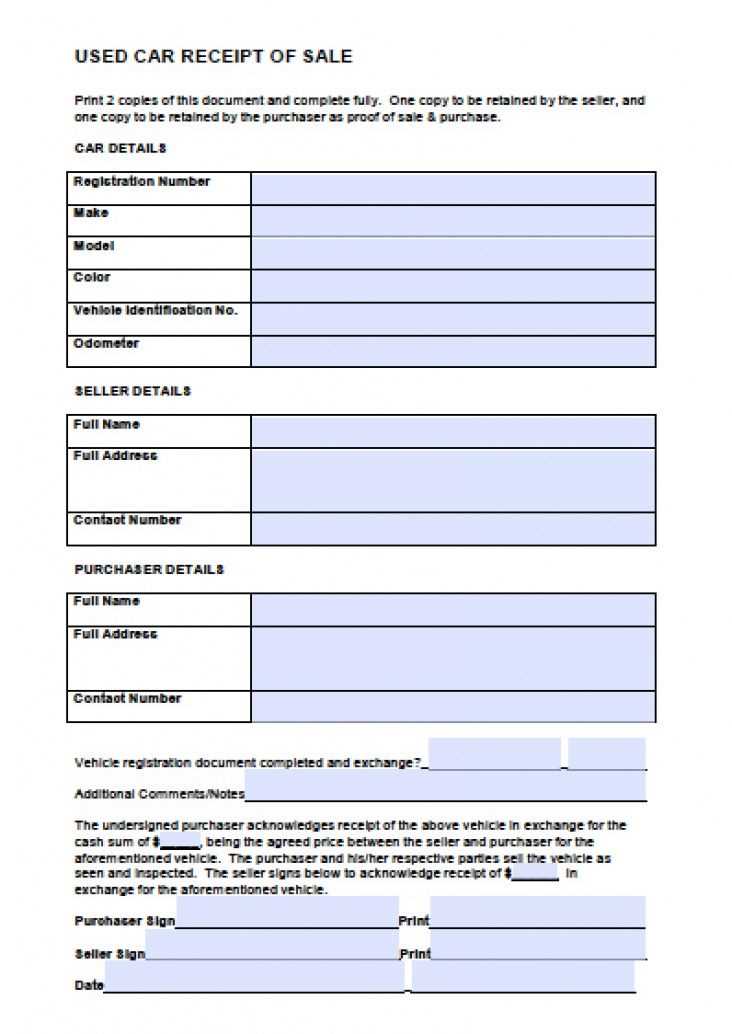
Specify the policy regarding returns or refunds if applicable. If the sale is final, make this clear. This will help prevent any misunderstandings between buyer and seller.
